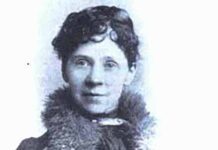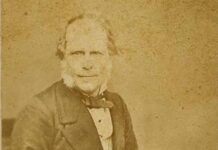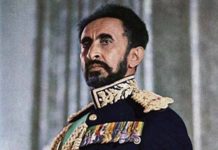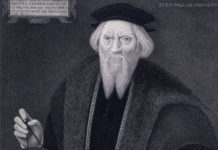After the death of Oswald Boelcke in October, 1916, Manfred von Richthofen seemed to be the rising star in the German Air Services. At the beginning of 1917, he was given his own command and widely recognized for his efforts in the air war. Given this opportunity, Richthofen took the time to train his men, his unit becoming a force to reckon with.
The Legend Begins
Along with his brother, Lothar (also a fighter pilot), Richthofen’s total of shot-down enemy pilots increased. By April of 1917, called “Bloody April” by the British and French personal because of the number of pilots lost, Richthofen was at the top of his game. He painted his airplane red, to be recognized in the air, and in turn, his enemies spun tales and legends about their unbeatable enemy.
Called “Little Red Devil” or “Little Red”, Richthofen himself did not realize the impact his career would have on his enemies. Rumors would come back to him about an “Anti-Richthofen Squadron”. A price on his head seemed to be in place, although recent research found this to be merely speculation and rumor.
Richthofen’s autobiography, published in 1917 and translated into English before the war ended, revealed his feelings, although the German government censured it and used it as propaganda. The book showed Richthofen and his comrades having a good time and the boosted the low morale of the German people. The Germans, starved and rioutous, saw their pilots as heroes who drove off their enemies.
The summer of 1917 saw Richthofen as “Fight Commander” as the German government organized the first Jagdgeschwader (“fighter unit”), comprised of four “fighter squadrons” (in Richthofen’s case, he had Jastas 4, 6, 10 and 11). However, as his command position was established, Richthofen was shot in the head and severely wounded. Although able to go back into combat the following autumn, Richthofen was never the same after his wounding, yet he pressed on into the next year, shooting down eighty airplanes by April of 1918.
Death and Aftermath
On Sunday, April 21, 1918, Richthofen took off, with his squadron, on another mission to push back their enemies. By afternoon, when everyone had returned, they noticed that their leaders’ bright-red airplane was missing. By the next afternoon, they knew the truth: Manfred von Richthofen, victor of eighty of their enemies, had been shot down.
What happened? Evidence mounted, but it is still debatable. However, historians know the facts: at about noon on the day of his last mission, Richthofen was seen flying over enemy lines, chasing what he thought was going to be his next victory. Behind Richthofen was A. Roy Brown; in front of him was Winifred May; below him was a group of Australian gunners. Both Roy Brown and the Australians lay claim to the Baron, although Brown was given the victory, his tenth and last in the war.
May escaped Richthofen safely, but Richthofen’s mistake, in flying low and chasing May without looking out, violated not only Boelcke’s tactic rules, but also his own. Modern historians have concluded that the ace may have had “target fixation”, a result of his head wound. It had been written that Richthofen was often moody, depressed and “not the same man” as he was before his wounding.
It had also been suggested that Richthofen suffered from combat stress, as a result of his insistence on being with his men and continuing to fight, despite his head wound. Some of this is present in his last visit to his mother and sister in January, 1918, in which his mother commented that “He has seen death too much.”
In any case, Richthofen’s death was a blow to Germany, especially to his men. Germany, and everything around them, began to fall apart in the last year of the war. By the war’s end, Germany had lost the war and its monarchy had been toppled and a new government was put into place, one that would weaken the country and bring in Nazism not even twenty years later.
The Richthofen family still lives on. Although the last of the immediate family had died forty years before, the legend of their famous son still flourishes. Not until recently had “The Red Baron” become a human being in the minds of many people, those who search for a common hero, one that led by example and inspired his men. His immortalization through commercial products, cartoons, games and books, made Manfred von Richthofen a legend.








